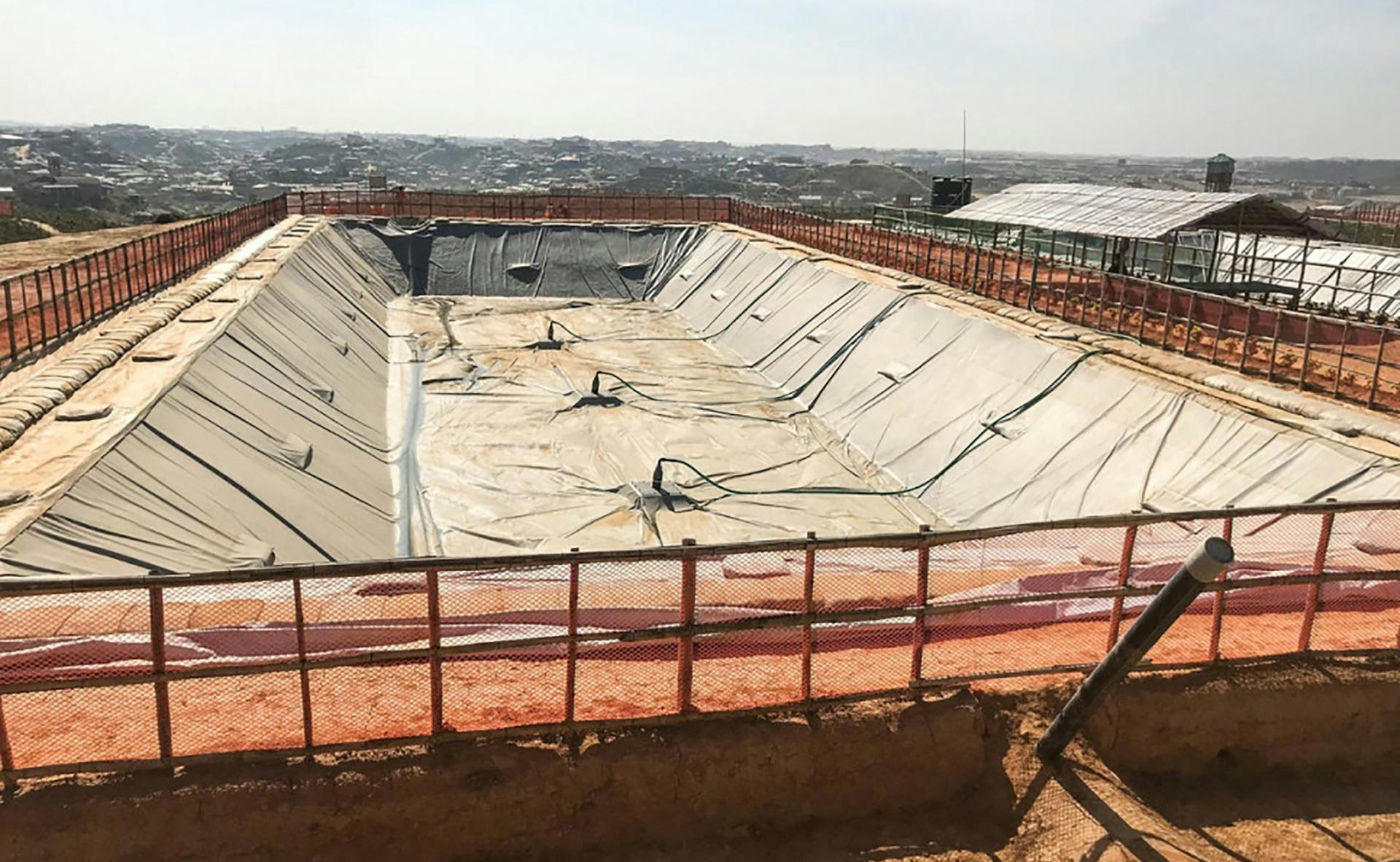The town of Cox's Bazar in southwestern Bangladesh is one of the world's largest refugee camps, the temporary home of more than 900,000 Rohingya refugees, according to the Norwegian Refugee Council. The camp has many urgent needs, including food supplies, clean water, and sanitation.
The United Nations High Commissioner for Refugees and Oxfam recently commenced constructing one of the world's largest sanitation facilities to accommodate the refugees. The teams at Oxfam worked on implementing on-site sanitation infrastructure measures that will work with the uneven and sloping terrain of the region. The sanitation plant has the potential to treat the waste of around 150,000 people, processing around 10,600 gallons (40,000 liters) of human waste each day. The plant works by using special filtration systems that separate and process fecal matter. This waste matter is later used for compost after being treated through oxidation ponds. The plant also produces biogas, which may be used as fuel for cooking.
The entire process and structure of the installation was designed to maximize safety and minimize environmental threats for the workers and people living in the camp. The facility could last up to 20 years with proper maintenance.











